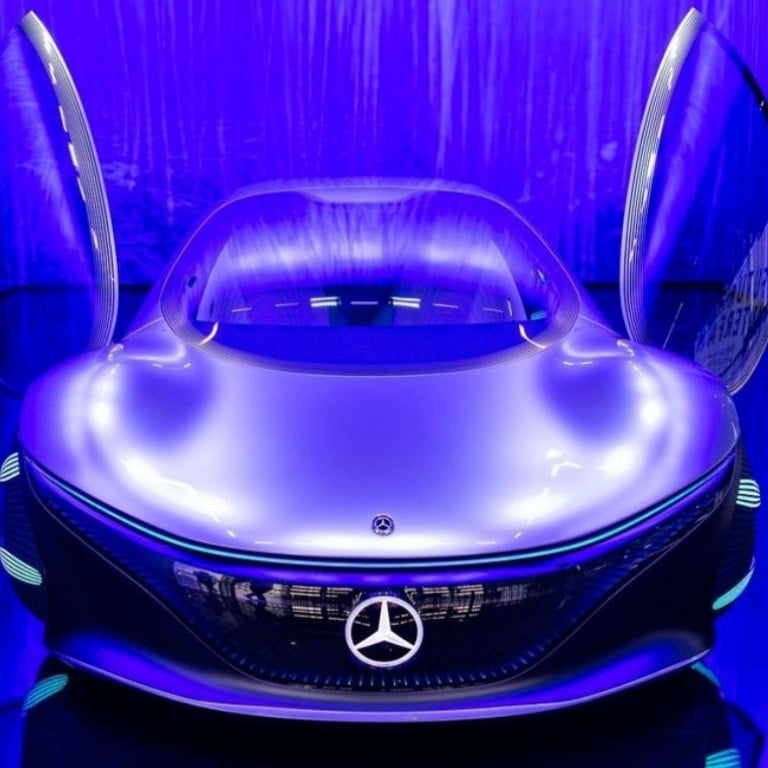Opinion / How BMW and Mercedes-Benz rediscovered their luxurious roots: after competition from Toyota, Audi, Tesla and more, are the auto brands back on top?

- The S-class and the 7 Series were once leaders in the market until Porsche launched the Panamera and Tesla’s Model S electric car became a tech billionaire favourite
- The global chip shortage led to cars like the Mercedes G-Wagon being sold at dealers above sticker prices, leading to an increase in profitability
This is part of STYLE’s Inside Luxury column.
Mercedes and BMW once were the undisputed leaders in luxury cars. Their flagship products, the S-class and the 7 Series, were leaders in innovation for decades. Hence, when customers wanted to buy the ultimate luxury, other than the ultra-luxurious Bentley and Rolls-Royce, which are seldom considered practical daily driving cars, the choice was between these two brands.

Over the last two decades, the dynamic changed. Audi went upmarket and became the challenger in technology. Porsche diversified its portfolio from pure sports cars and launched the Porsche Panamera for customers looking for a sportier alternative to the more traditional limousines. Toyota launched Lexus and became a serious luxury contender, especially in the US market. And more recently, Hyundai entered with Genesis and started offering astounding quality and craftsmanship with dramatically lower prices compared to the two traditional German leaders.

Both brands then expanded their portfolios to include entry-level cars. When Mercedes launched the 190, at the time dubbed the “Baby Benz”, commentators feared that the brand would lose its lustre. Still, the car was a commercial success and inspired the company to go further with entry-level cars. The company launched the A-class range and its derivatives, which were soon matched by BMW’s one and two series.

Today, the luxury leaders offer cars in practically every price segment and often blur the lines between premium and entry level. Hence, overall, the brand positioning has become much less clear. An indicator was the recent attempt by BMW to separate mass market products and top tier offers with an advertising campaign that depicted products like the seven or the large SUV X7 explicitly as “luxury”, and referring to the brand with the full company name “Bayerische Motoren Werke” instead of simply “BMW”.